Pane di Pasqua is Italian for "Bread of Easter". This sweet bread is studded with colored whole eggs and is traditionally served at Easter as well as other important occasions.
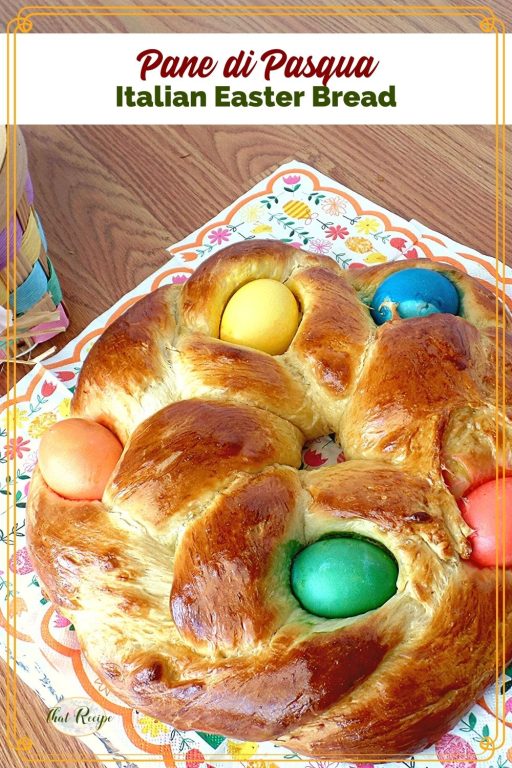
The weekend we attended my son's First Communion Retreat we watched a short video titled "Grandma's Bread" that told a poignant story about Nonna's special Easter Bread, the Pane di Pasqua.
I almost cried when the family donated Nonna's pans and her handwritten recipe book. NOOOOOOOOOOO!!!!! Luckily, her grandson hid them so in the end the family could recreate the bread for his first communion celebration.
One of the catechists made 4 loaves for the 119 kids and their parents. She was also kind enough to share the recipe.
Please write down your family's special recipes.
If you are fortunate enough to have recipes in Nonna, Abuela, Oma, Mimi, Grandma's own writing, treasure it!
Even if you never try the recipes.
Promise?
Okay, back to the bread.
Tips for Making Italian Easter Bread
Besides correcting the errors in the recipe (the ingredient list and directions called for different amounts), I added directions with plenty of tips for first time bread makers.
I know it looks like a lot of steps below, but bread making is actually pretty easy as long as you have fresh yeast. Check the date on your package! It is better safe than sorry.
Do you really color the eggs without boiling them? Yes, they will bake along with the bread in the oven.
And the final tip is to try hard not to get the final egg wash on the colored eggs so the dye won't wash off (look at the side of the blue egg).
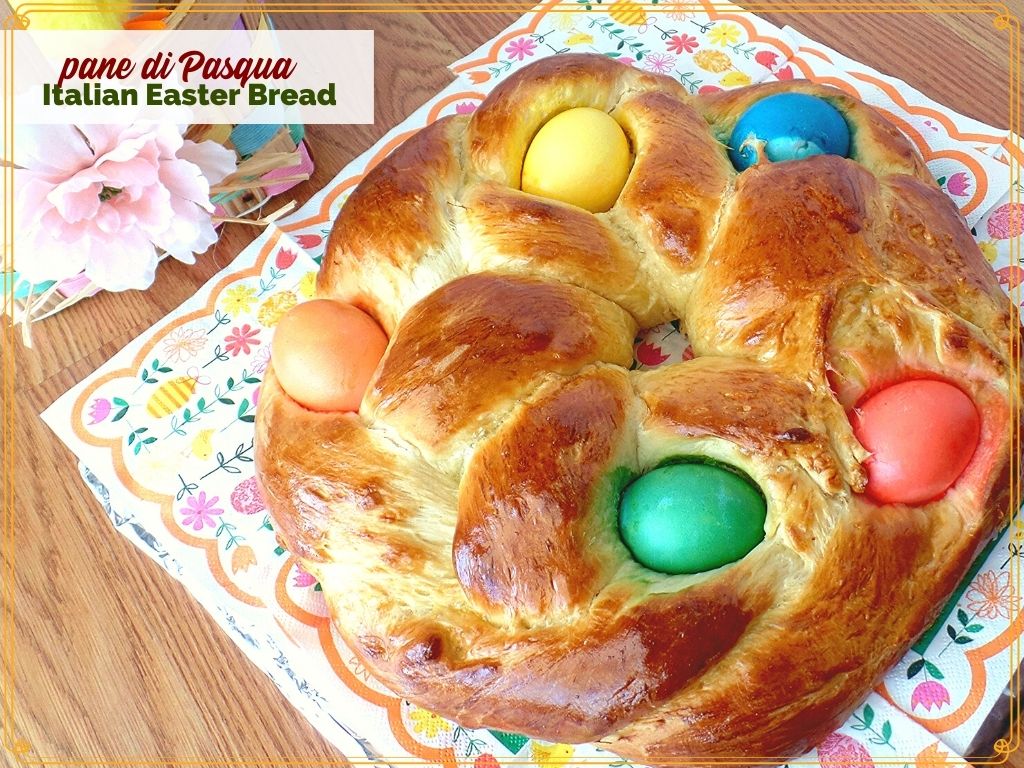
Recipe
Ingredients
BREAD
- ½ cup warm water
- 2 packets yeast (a little less than 2 tablespoons)
- ½ cup butter
- ¾ cups milk
- ½ cup sugar
- 2 eggs (lightly beaten)
- 1 ½ teaspoon salt
- 5-6 cups all-purpose flour
- zest of 1 lemon (optional)
EGGS
- 5 eggs (uncooked)
- 3 teaspoons vinegar
- red, yellow and blue food coloring
FINAL EGG WASH
- 1 egg
Instructions
Bread Dough
- In a large mixing bowl, dissolve the yeast in the warm water. (Hot water from the tap, but no hotter). ***If you are not sure your yeast is good, add 1 teaspoon of sugar and wait 10-15 minutes to let the yeast "proof". If it is not starting to bubble in that time your yeast is bad and the dough will not rise.***
- In a saucepan, melt the butter. Add the milk and heat until it is warm. You can test it by putting a drop on your wrist. It should feel warm but not hot. If it is hot let it cool. The hot liquid will kill the yeast and your bread won't rise.
- Add the milk and butter to the yeast and mix.
- Add the sugar, 2 lightly beaten eggs, salt and lemon zest (if using). Mix to combine.
- Add 5 cups of flour one cup at a time, mixing in between each addition. The dough will be a bit sticky.
- Sprinkle about ½ cup of flour on the counter. Turn the dough out onto the floured surface and knead for about 5 minutes. Add extra flour, about ¼ cup at a time, if the dough is too sticky to knead.
- If you add too much flour the dough will not be light and fluffy. If you have a mixer with a bread hook use it to do the kneading.
- Put the dough in a lightly oiled bowl. Cover with lightly oiled plastic wrap. Put in a warm place to rise until doubled, 1 to 1 ½ hours. (I put mine in the oven with the oven light on.)
Eggs
- While the dough is rising, boil 1 ½ cups water.
- Get three small cups. Add 15-20 drops of color to each cup (one red, one yellow, one blue). Add 1 teaspoon vinegar to each cup, then add ½ cup of boiling water to each cup and stir.
- Dip the eggs in the color and let sit until as dark as you want. You can mix and match the colors to have orange, green and purple too.
Shaping the Bread
- Punch down the dough and divide into 3 equal parts. Roll each part into a long rope, about 20 inches long.
- Braid the three strands together and shape into a circle, pinching and tucking the ends together. Put it on a greased baking sheet.
- Gently push the five colored eggs in the dough. Stick a small cup in the middle to keep the wreath from closing in the middle when it rises.
- Put in a warm place to rise until doubled, about 45 minutes to 1 hour.
Baking the Bread
- Preheat oven to 350°F.
- Remove the cup from the center of the bread. Combine the last egg with 1 teaspoon water and brush on the bread (try hard not to touch the colored eggs). Cover all the dough, including in the crevices between the braid as much as possible.
- Bake for 25 minutes until bread is golden brown. Remove from oven and place on a cooling rack to cool.
Notes
- 2 are mixed in the dough
- 5 are colored and baked on top of the dough
- 1 is brushed on top to make the bread brown and shiny

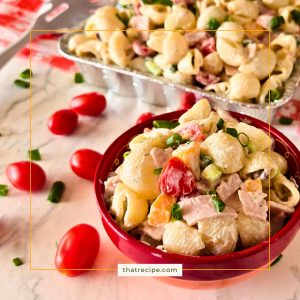
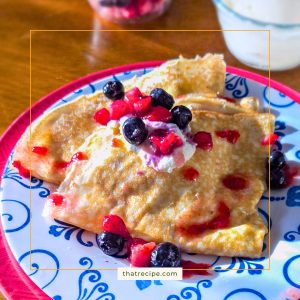
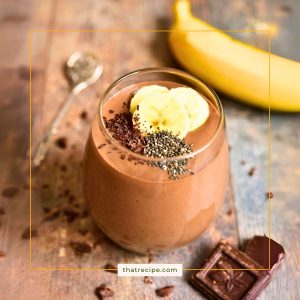
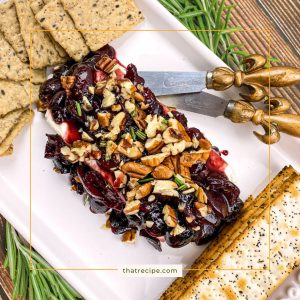
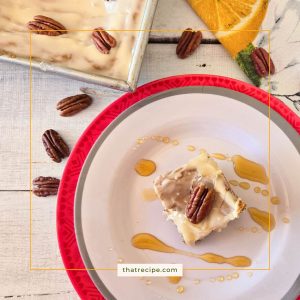
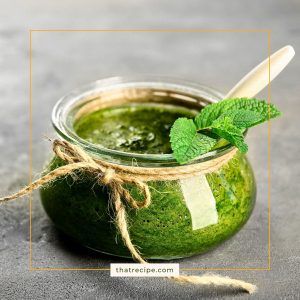
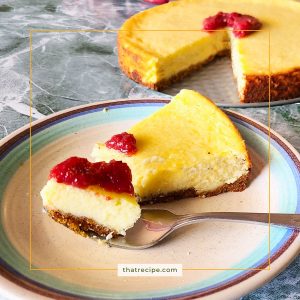

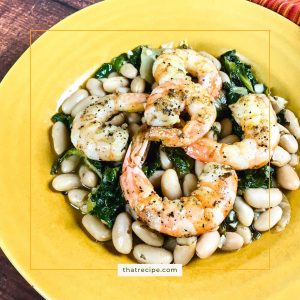
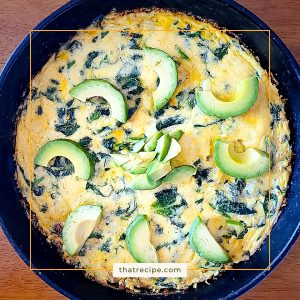
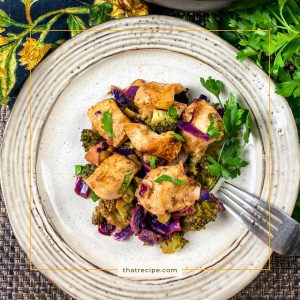
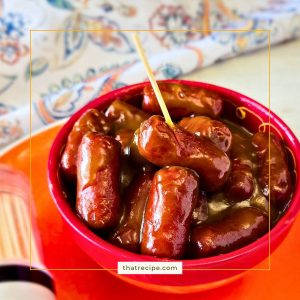
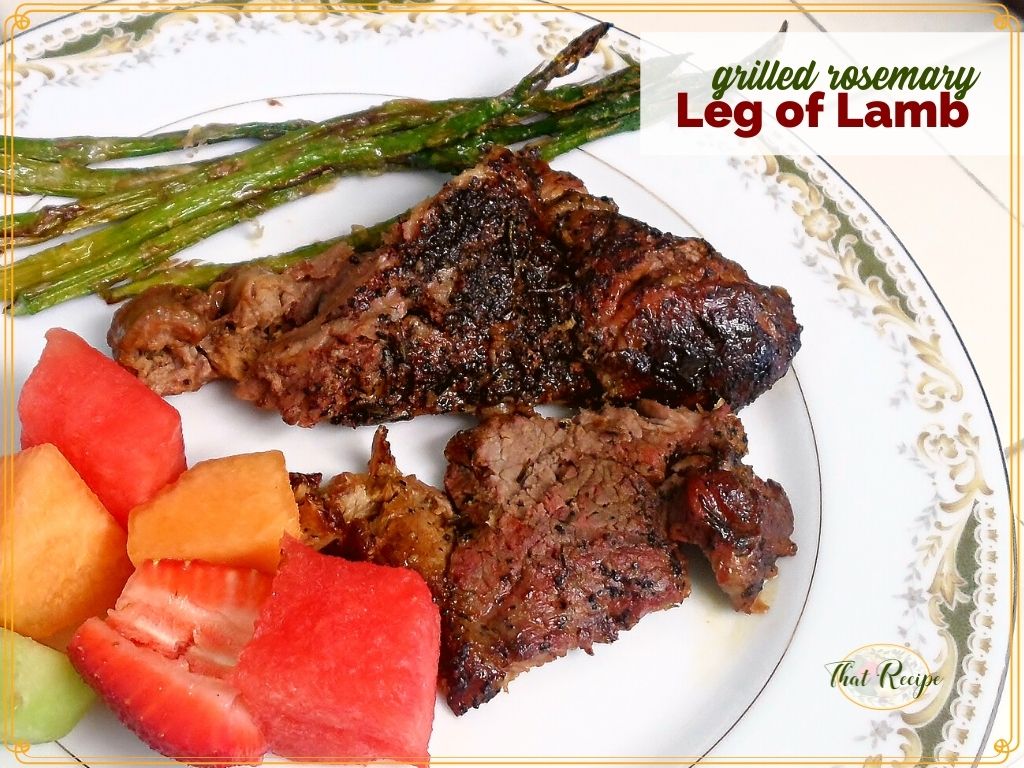
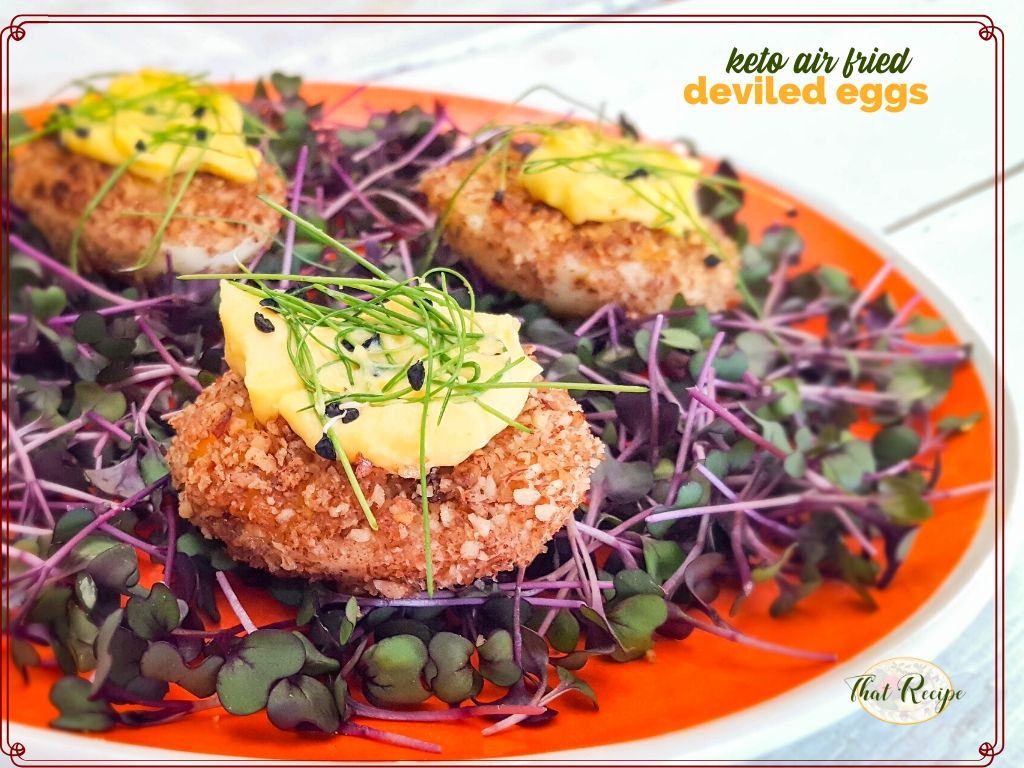

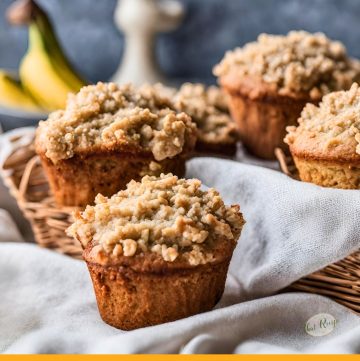
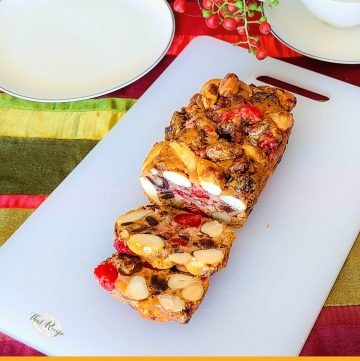
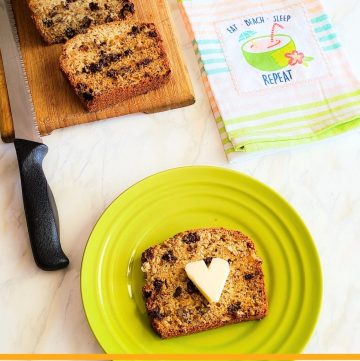
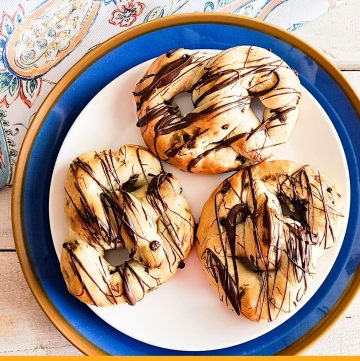
Bobby
This recipe as written is a complete fail. I tried 2 different times and ways to make this recipe. The only thing I could come up with is that you're using rapid time yeast because your written instructions say nothing about proofing the yeast.
Audrey
I am sorry it did not work out for you. I hate it when that happens!
There are a number of reasons it could have failed such as the yeast being bad or the milk is too hot in step 1 and it killed the yeast.
Proofing the yeast is actually not necessary for active dry yeast if you are sure it is fresh. King Arthur Flours explains it all here.
Riley
Hi! I'm trying to find the video you mention at the beginning of your blog post---the story sounds beautiful! Do you have a link or remember any other details to help me find it?
Audrey
It's called Grandma's Bread. https://www.themoviedb.org/movie/73377-grandma-s-bread It used to be on YouTube, but I couldn't find it today.